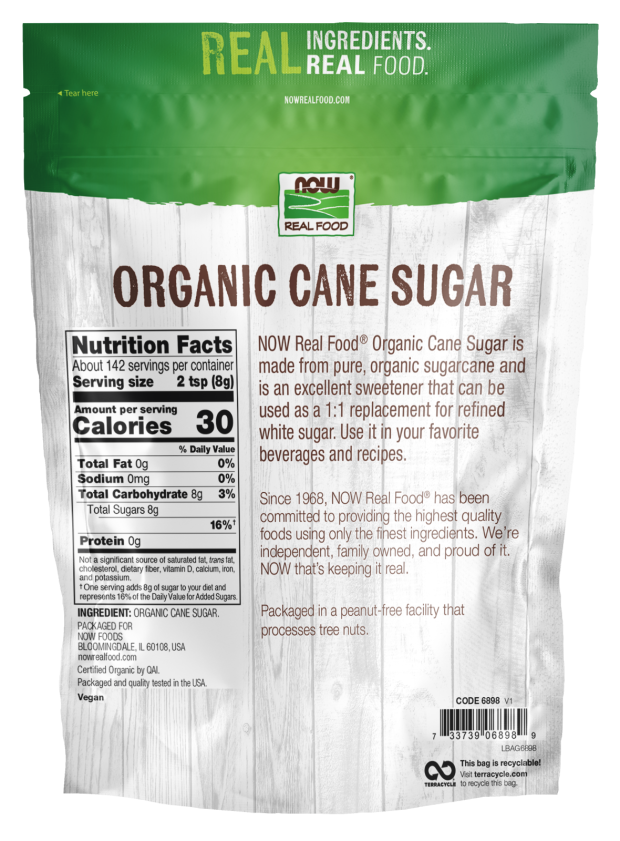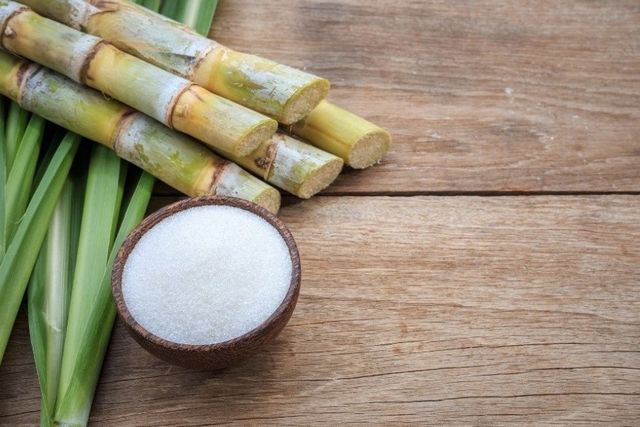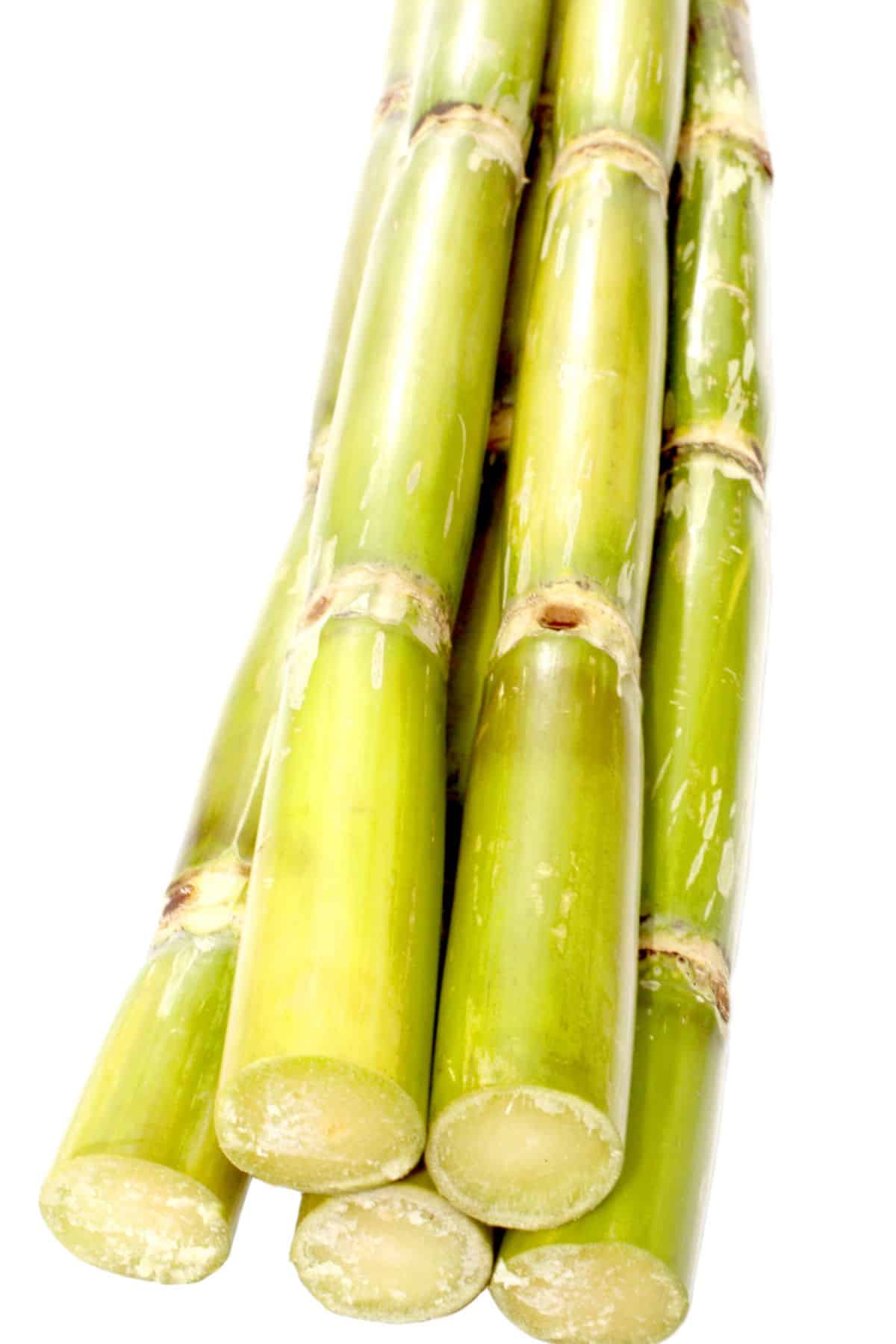Cane Sugar Processing: From Area to Table-- A Step-by-Step Overview
Cane Sugar Processing: From Area to Table-- A Step-by-Step Overview
Blog Article
Discovering the Comprehensive Steps Included in Walking Stick Sugar Processing From Collecting to Refinement
The process of cane sugar manufacturing incorporates a series of elaborate steps, beginning with the careful harvesting of sugarcane and finishing in the improvement stages that make certain the final product meets sector standards. Each stage, from the removal of juice to the purification and formation processes, plays a crucial duty in figuring out the top quality and personality of the sugar. Recognizing these stages not only highlights the intricacy of sugar production yet likewise raises critical concerns about effectiveness, sustainability, and technology in the sector. What effects do these aspects have for future techniques?
Harvesting Sugarcane
Harvesting sugarcane is a critical action in the walking cane sugar processing chain, as it directly influences the top quality and return of the end product. Appropriate timing and techniques are necessary during this stage to make certain ideal sugar web content and reduce losses. Commonly, sugarcane is harvested when it reaches maturity, typically 12 to 18 months after growing, identified by a high sucrose focus.

Post-harvest, the sugarcane needs to be processed quickly to avoid sucrose deterioration. Preferably, collected cane needs to be carried to processing centers within 24 hours to maintain sugar top quality. Therefore, efficient logistical planning is crucial to keep the honesty of the gathered plant throughout the supply chain.
Removal Process

The smashed cane goes through a series of pushing procedures to make best use of juice recovery. Usually, warm water is sprayed onto the crushed walking stick, creating a countercurrent circulation that assists liquify the sugar while additionally aiding in the extraction process. The juice gathered from this procedure contains not only sugar yet additionally different natural substances and impurities.

To improve removal performance, some facilities might utilize diffusion techniques, where the sugarcane is taken in warm water, allowing the soluble sugars to diffuse into the fluid. The resulting juice, abundant in sucrose, is after that guided to succeeding handling stages, laying the structure for purification and refinement. The extraction process is hence critical in figuring out the quality and return of the final sugar item.
Purification Techniques
The purification strategies used in walking cane sugar processing are necessary for transforming the raw juice right into a high-quality sugar product. These methods primarily aim to remove pollutants, such as dirt, plant products, and not natural substances, which can adversely influence the final item's flavor and shade.
One of the most typical filtration techniques is clarification. This procedure includes adding lime and warmth to the raw juice, which promotes the coagulation of impurities. The resulting precipitate is then gotten rid of through sedimentation or purification, producing a clearer juice. In addition, the use of phosphoric acid can boost the clarification process by additional binding contaminations.
Another substantial method is carbonatation, where carbon dioxide is introduced to the made clear juice. This response generates calcium carbonate, which captures remaining impurities and promotes their elimination.
In addition, turned on carbon treatment may be put on adsorb any kind of staying colorants and natural contaminations, making certain a more polished item. The combination of these approaches efficiently prepares the sugar juice for succeeding action in the refining process, establishing the stage for the production of top quality cane sugar.
Crystallization Methods
After the filtration stage, the next essential action in cane sugar processing includes crystallization methods, which play a crucial role in changing the cleared up juice right into solid sugar. This process usually utilizes 2 primary methods: spontaneous crystallization and regulated crystallization.
In spontaneous crystallization, supersaturated sugar solutions are enabled to cool naturally, leading to the formation of sugar crystals over time. This method permits for the uniform development of sugar crystals and higher purity.
Throughout crystallization, the cleared up juice is focused through evaporation, increasing its sugar web content up find until it gets to supersaturation. As soon as this point is achieved, either approach can help with the crystallization procedure. Cane Sugar Processing. The resultant sugar crystals are then divided from the staying syrup via centrifugation
Eventually, the choice of condensation approach affects the top quality, size, and purity of the final visit our website sugar item, making this action crucial in the general cane sugar processing procedure.
Improvement and Packaging
Just how can the purity and quality of cane sugar be further improved after condensation? The refinement procedure plays an important duty in accomplishing top quality cane sugar.
Next, the sugar goes through a process called centrifugation, where it is spun at high speeds to divide the detoxified sugar crystals from the remaining fluid. After centrifugation, the sugar is frequently more refined with a technique called carbonization or phosphatation, which makes use of turned on carbon or phosphoric acid to get rid of shade and off-flavors.
As soon as improved, the sugar is dried out to accomplish the preferred wetness material, making certain that it stays secure during storage space and transportation. The last step includes product packaging the polished sugar in airtight and moisture-proof containers to maintain its high quality and stop contamination. Cane Sugar Processing. Proper packaging not just extends rack life yet additionally promotes easy handling and circulation, ensuring that customers obtain sugar that satisfies the highest possible criteria of pureness and quality
Conclusion
The extensive actions included in walking cane sugar processing, from the precise harvesting of sugarcane to the elaborate refinement and product packaging stages, underscore the importance of each phase in making certain top quality sugar production. Optimal harvesting methods, efficient removal methods, and extensive purification processes collectively contribute to the final item's pureness and security. The formation and succeeding packaging methods even more improve the integrity and life span of the sugar, highlighting the intricacy and precision intrinsic in this necessary farming industry.
The procedure of walking stick sugar production incorporates more a collection of complex steps, starting with the cautious harvesting of sugarcane and culminating in the refinement phases that make sure the last item satisfies market criteria. Ideally, collected walking cane needs to be moved to processing centers within 24 hours to protect sugar quality.In spontaneous condensation, supersaturated sugar options are enabled to cool down naturally, leading to the formation of sugar crystals over time - Cane Sugar Processing. The refinement procedure plays an essential role in attaining premium walking cane sugar.The thorough actions included in walking stick sugar processing, from the meticulous harvesting of sugarcane to the detailed improvement and packaging stages, highlight the value of each stage in making certain high-quality sugar manufacturing
Report this page